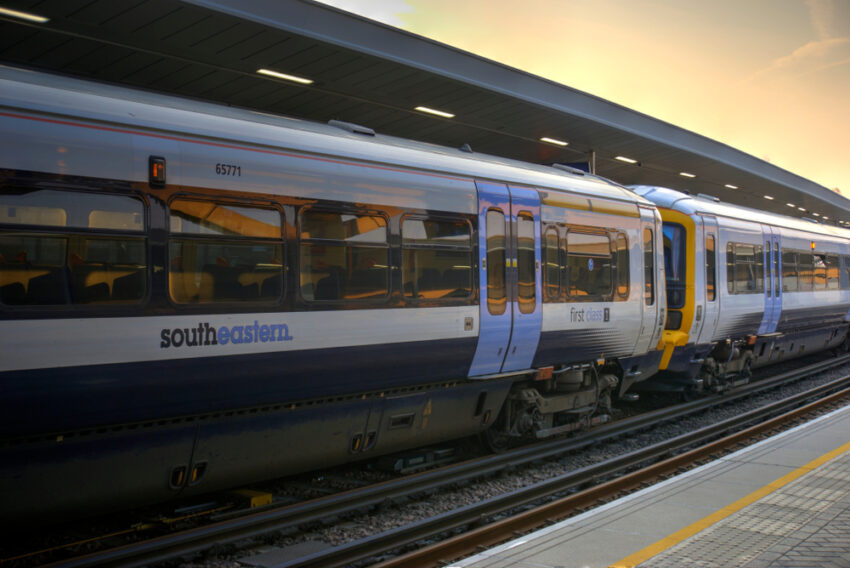Government subsidies for Southeastern trains have dramatically increased, exceeding pre-Covid levels despite fare hikes. This development highlights ongoing financial challenges in the rail industry.
Despite an increase in passengers and services, Southeastern’s reliance on state aid underscores the substantial operational costs impacting the operator.
Escalating Subsidies Amid Fare Hikes
The government subsidy for Southeastern trains has surged to £415 million, a figure that has more than tripled from the pre-Covid era. This increase coincides with fare hikes and an expansion in train services. Despite a 10% rise in passenger journeys, the financial reliance on the state has intensified due to spiralling operational costs.
Passenger journeys on Southeastern have increased by 10% while train services have risen by 4.7%. However, despite these improvements, the operator’s dependency on government assistance has grown significantly due to rising costs. Such financial dynamics highlight the complex economic environment post-pandemic for the UK rail network.
Impact of Nationalisation
Southeastern was fully nationalised in 2021 following financial discrepancies by its prior owners, Govia. These discrepancies included unreported taxpayer funding exceeding £25 million. Since nationalisation, government financial support has quadrupled, reaching unprecedented levels.
Government subsidies were always a part of Southeastern’s operations, with a substantial £132 million granted during private ownership in the year to June 2019. Nationalisation has only amplified this need, reflecting ongoing financial strains and the challenge of maintaining service levels amidst growing expenses.
Challenges in Passenger Numbers
Passenger numbers have not returned to pre-pandemic levels, recording 128 million journeys up to March, a considerable decline from the 179 million journeys four years ago.
Southeastern attributes its need for increased subsidies to these lower passenger figures, which significantly impact revenue. The situation underscores the difficulties train operators face in encouraging a return to public transport usage amidst evolving commuting habits.
The subsidy surge to £415 million, juxtaposed with fare increases, raises questions about the sustainability of the current funding model. Without substantial passenger numbers, the viability of fare rises as a revenue stream remains contentious.
Additional Cost Pressures
Rising costs have been exacerbated by increased charges for High Speed 1 (HS1) line access, electricity, track access charges, and train leases. These financial pressures have driven Southeastern’s need for higher subsidies.
Paul Barlow, finance director at Southeastern, noted the operator’s commitment to minimising taxpayer burden. However, operational costs have surged due to inflation exceeding 10%, posing significant budgetary challenges.
Southeastern is distinct in facing extra costs from running high-speed services on HS1. This places a unique financial strain, necessitating collaborative efforts with industry partners to alleviate the economic burden.
Efforts to Boost Capacity
In a bid to enhance capacity, Southeastern has abolished first-class fares, adding 4 million standard-class seats annually. This strategic move aims to increase revenue and accommodate more passengers.
Despite these changes, the ongoing need for public funds is evident, spotlighting the broader challenges within the UK rail sector, particularly as it navigates post-pandemic recovery.
The company’s proactive measures signify an attempt to adapt and grow within a challenging financial landscape. Yet, the extent to which these efforts can reduce government dependency remains to be seen.
Future Outlook: Challenges and Opportunities
The reliance on public funding continues to be a pressing issue for Southeastern. As the company and the broader rail industry endeavour to balance operational costs with revenues, significant challenges remain.
Collaborations with industry partners and government are crucial in addressing these financial strains. The pathway to sustainability will require innovative solutions and effective cost management strategies.
Ultimately, the ability to reduce reliance on subsidies while maintaining service quality will define the future landscape of the UK rail industry.
The increase in government subsidies for Southeastern reflects broader financial challenges within the UK rail industry.
The sector’s future sustainability hinges on reducing dependency on public funds amidst rising costs and evolving passenger patterns.


